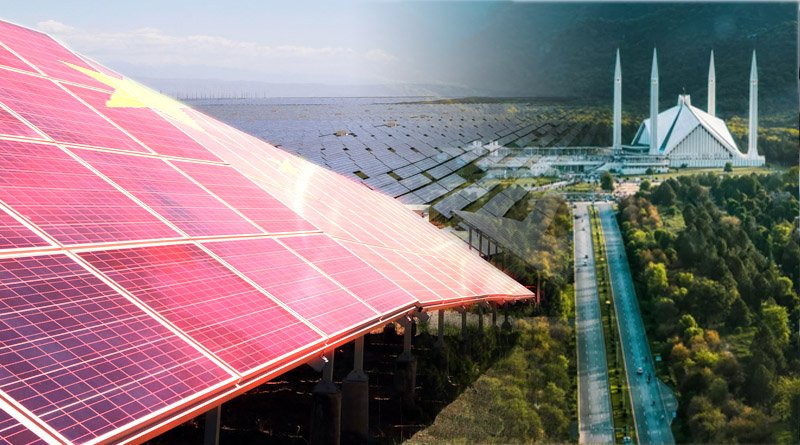China is sharing wind power technologies, like wind turbines, with Pakistan, helping to lower cost of nation’s electricity production.

“Pakistan can gain from experience of China in renewable energy, including solar and wind energy, through cooperation with that country. Opportunities for Sino-Pak cooperation include project investment and development, technology training, and assessment of renewable energy sources,” “said China Wind Energy Association secretary-general Qin Haiyan.
Qin attributed China’s growing wind power market to factors like the Renewable Energy Law and a steady domestic market in a webinar titled “Pakistan’s Green Energy Pathways: Inspirations from China,” which was hosted by energy and environmental thinktank Renewable First (RF).
He continued by saying that over the past ten years, China has significantly decreased the levelized cost of electricity (LCOE) for onshore and offshore wind projects, with an offshore project reduction of 60%.
China, the world’s largest wind power market for 14 years running, is sharing wind power technologies, like wind turbines, with Pakistan, helping to lower the cost of the nation’s electricity production. According to the secretary-general, China’s installed wind power capacity would surpass 396 GW by the end of 2022.
Leo Deng, a Pakistan-based consultant on the power project, stated in an interview with Gwadar Pro that China has built more than 20 power plants in collaboration with Pakistan and trained thousands of local wind energy professionals.
Gwadar Pro continued by stating that wind and solar power are the least expensive modern methods of producing electricity and might significantly lessen Pakistan’s reliance on high-priced imported fuels.
Indicative Generation Capacity Expansion Plan (IGCEP) 2047, published by NEPRA, predicts that Pakistan’s total power generation will rise from 33,000 megawatts in 2020 to roughly 168,200 megawatts in 2047, with wind and solar power making up 23% of the energy mix by 2030, up from 3% in 2020.
Leo thinks that Chinese and Pakistani businesses have a great opportunity to work together and improve the supply chains both upstream and downstream given the Pakistani government’s push for renewable energy. In Sindh and Baluchistan, Pakistan has a wealth of wind resources.
The nation’s current power system hasn’t been very reliable, though, and it faces difficulties when large-scale wind power generation needs to be connected to the grid. Therefore, it is essential to transfer Chinese expertise in RE deployment to Pakistan, which is struggling with electricity issues and looking for ways to use renewable technologies more frequently.
Hassan Daud Butt, an associate professor at Bahria University, emphasised the necessity of key interventions regarding the ease of doing business in Pakistan in order to overcome such limitations and obstacles.
This included the need to create an enabling environment to lessen perceived risks for investors in order to encourage investment in renewable energy in Pakistan. He recommended that Pakistan should imitate China by establishing a thorough framework with distinct goals and a secure and predictable environment for investors.